What is Overmolding?
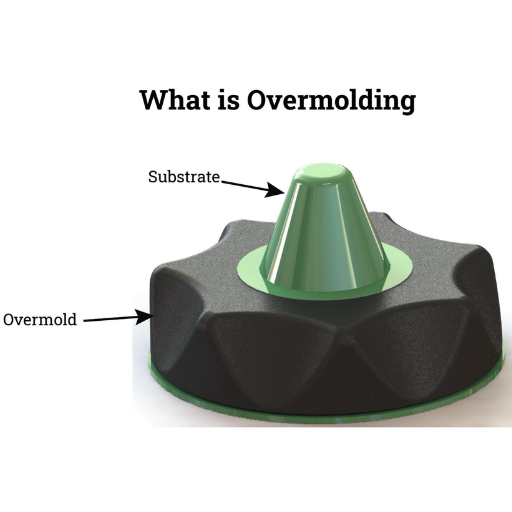
Image source: https://www.iqsdirectory.com/
Definition of Overmolding
Difference between Overmolding and Insert Molding
Although overmolding and insert molding are both advanced injection molding techniques, they perform different functions and involve different processes. Overmolding involves the formation of a secondary material over an already formed substrate, thus producing a product that combines two materials such as a hard plastic base with a soft rubber overmold. It is often used to improve performance parameters like grip, shock absorption and aesthetics.
Insert molding on the other hand involves putting an insert; usually made of metal or another substance, into a mold before injecting the main molding material around it. The final part is a one-piece component with the insert embedded in it thereby enhancing its structural integrity and performance characteristics. This method is widely used for making parts that require strong mechanical properties such as electrical connectors and fasteners.
In summary, while overmolding centers on affixing functional and ergonomic advantages via laminating various materials together, insert molding concentrates on amalgamating diverse substances into one piece to enhance its sturdiness and functionality.
Key Steps in the Overmolding Process
- Material Selection: The first thing to do is to choose appropriate materials for both the substrate and the overmold. These materials should be compatible so that adhesion and performance can be right. Typically, rigid plastics are chosen by engineers as substrates while over-molds are done using thermoplastic elastomer (TPE) that is more flexible.
- Designing the Substrate: The initial component which will receive the over-mold is called a substrate. It is designed with precision such that it can take in the intended regions of over-molding materials by having such things as grooves or undercuts that would enhance bonding process.
- Mold Design and Fabrication: Other detailed molds are then made for both these materials; one for the substructure and another for the over-molding parts. They must have high accuracy since they control dimensions and features of finished products.
- Injection Molding of the Substrate: Through molding, material chosen for the substructure is injected into mold to form basis component. This process must be carefully controlled so as to maintain substrate quality/consistency standards.
- Preparation for Overmolding: Such additional processes may include cleaning or pre-heating the molded substrate before proceeding to next stage. This allows better adhesion besides improving overall product quality.
- Executing the Overmold: In second mold, material from which over-molded part is made should be injected on top of substrate. This step has to be strictly monitored in order to achieve right flow, coverage and bond between overmold material and its underlying surface.
- Cooling and Ejection: When this is done, cooling will make materials solidify while ejection takes place after finishing all these processes involving adding an ove-rmold onto a part. For proper maintenance of structural integrity on a product, reliable cooling techniques have to be used properly.
- Post-Processing and Inspection: Finally, post-processing may include taking out excessive materials through trimming while thorough inspections have to be made in order to meet all the required standards for the product. Quality control checks are necessary to ensure that the bond between the substrate and over-mold is working well.
What are the Common Overmolding Materials Used?
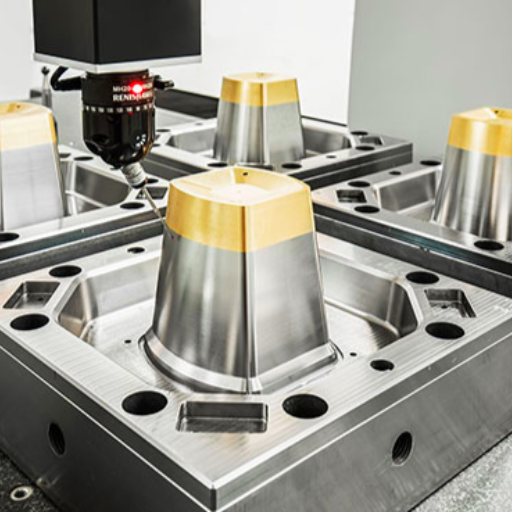
Types of Plastic Used for Overmolding
Different types of plastics are often used in overmolding to cater for specific properties as well as compatibility with the substrate. The most common plastic materials that are utilized in overmolding include:
- Thermoplastic Elastomers (TPEs): TPEs offer huge versatility and flexibility as they combine rubber-like properties with enhanced processability like those of plastics. It is used, for instance, in hand grips and seals where a soft-touch feel is required. This type of material also adheres well to various substrates and can resist flexing repeatedly.
- Thermoplastic Polyurethanes (TPUs): TPUs are generally hard-wearing, stretchable, and resistant to oil as well as abrasion. Common applications of these polymers include automotive parts, shoes, and protective cases for electronic gadgets due to their exceptional durability.
- Polypropylene (PP): Frequently found in automotive components, consumer goods and packaging among other uses for overmolding purposes, PP is appreciated for its ability to withstand harsh environmental conditions which contributes significantly towards product durability.
Selecting an Overmold Material
The choice of overmold material is a key decision, which depends on both the properties of the materials and the specific requirements of the application. The following steps can help guide you through this selection process:
- Evaluate the Substrate: Comprehend what the substrate is made of as this will significantly impact on how well the overmold material sticks to it. Common substrates include metals and rigid plastics like polycarbonate or ABS.
- Application Requirements: The functional requirement should lie in terms of temperature, flexibility, chemical exposure, mechanical stress. If for example, it will be exposed to harsh environment, a high durable and resistance material like TPU would be appropriate.
- Material Properties: Important properties desired for an overmold such as hardness, elasticity or grip should be evaluated. TPEs provide a soft touch feel that consumers want in their goods while PP benefits from being lightweight and having chemical resistance property.
- Processing Conditions: Processing temperatures and cycle times need to be taken into account during selection between both the substrate and over mold materials in order to guarantee compatibility and manufacturing efficiency.
- Regulatory Compliance: Insure that selected materials comply with relevant industry standards and regulations especially in medical; automotive; food industry applications
Material Compatibility Considerations
Some of the key aspects that need to be looked into when considering material compatibility for overmolding include:
- Chemical Affinity: The chemical affinity between the overmold material and substrate must be high. Adhesion tests as well as manufacturer’s recommendations can verify this. Adhesion strength can be increased by selecting materials which are chemically compatible.
- Thermal Compatibility: Both the process temperatures of the substrate and those of the overmold material must match each other. Huge differences in thermal expansion coefficients may induce stresses or cause delamination. Therefore, pick combinations with harmonized thermal profiles.
- Mechanical Bonding: Evaluate mechanical properties such as tensile strength and flexibility. Even though good adhesion is necessary, such materials should also withstand mechanical stress. The mechanical bonding strength is especially important in applications subjected to repetitive or high loads.
How to Ensure Proper Overmold Material Compatibility?
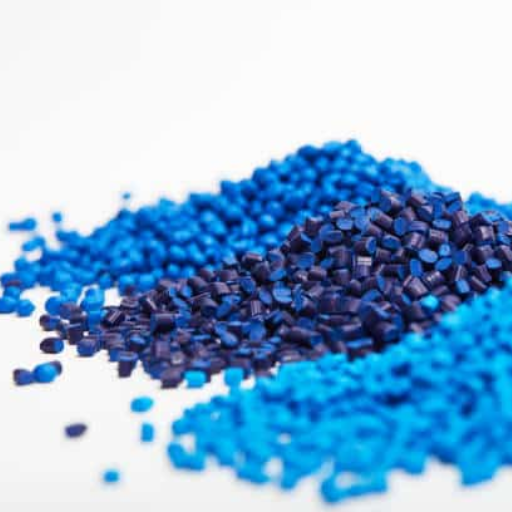
To ensure compatibility of materials for over-molding:
- Conduct Comprehensive Testing: Conduct adhesion as well as compatibility tests to ascertain the chemical bonding and thermal joining on the substrate and over-mold material.
- Consult Manufacturer Guidelines: Appropriate technical data sheets combined with recommendations from experts in materials should be sought so as to establish suitability of chosen materials for over-molding processes.
- Evaluate Environmental Conditions: These include the chemicals, temperatures and various stresses encountered by final products hence ability of performing well under anticipated conditions can be selected.
- Prototype and Iterate: Develop prototypes that demonstrate how these materials react when used over time. Change your material choices based on their behavior in real life applications.
- Collaborate with Experts: nvite scientists or engineers who specialize in this field to provide advice that is specifically tailored to your unique needs.
Using a Compatibility Chart
A method that can facilitate material selection in over molding is to use a compatibility chart. Normally, such charts are given by manufacturers of materials and include various substrate materials against potential over molding substances, which are compatible combination. Below are the top three websites that support this approach:
- MatWeb: This resource offers comprehensive datasheets with compatibility information for comparing different materials side by side on the basis of mechanical properties, thermal characteristics and chemical properties.
- PolyOne: PolyOne provides material guides with compatibility charts which show which substrates go well with particular over mold materials. Sometimes these charts may be provided alongside practical knowledge on chemical bond formation and adhesion performance.
- Ensinger: Ensinger is an engineering plastic solutions provider whose detailed compatibility charts have extra information about temperature resistance as well as some extra data on chemical resistance making sure that the selected materials can withstand certain environmental conditions.
Understanding Material Properties
For obtaining optimal performance and durability, it is important to understand how materials used in overmolding work. Below are some of the key material properties to think about:
- Mechanical Properties: The tensile strength, elongation and hardness are crucial parameters that define how a material will perform under stress. MatWeb is such a website that offers datasheets with comparative side by side for evaluating these attributes.
- Thermal Properties: The rate of heat transfer, coefficient of thermal expansion, and resistance all have significant effects on the performance of the material in different temperature environments. For instance, PolyOne as well as Ensinger provide useful insights plus charts to choose materials having appropriate thermal characteristics.
- Chemical Resistance: It’s necessary to select materials with good chemical resistance against various chemicals thus ensuring its durability and longevity. Besides this, compatibility charts contained on Polynone and Ensinger also help identify chemical resistance resulting from your choice.
Examples of Successful Material Pairings
Choosing the appropriate materials to combine results in overmolded products that are sustainable, durable and high performing. Here are some examples of successful material pairings, gathered from the top resources available online:
- Thermoplastic Elastomers (TPE) and Polypropylene (PP): Thermoplastic elastomers usually bond well with polypropylene thus making this a popular combination for such applications as grips and handles.
- Nylon and Liquid Silicone Rubber (LSR): The mechanical strength of nylon coupled with the flexibility of LSR results in parts that are highly resilient yet tough. This is ideal for seals and gaskets used in harsh environments.
- Polycarbonate (PC) and Acrylonitrile Butadiene Styrene (ABS): Combining PC with ABS when overmolding creates a strong, impact resistant solution for electronics enclosures and housings. Compatibility between these materials enhances structural integrity as well as final product aesthetics.
What are the Applications of Overmolding?
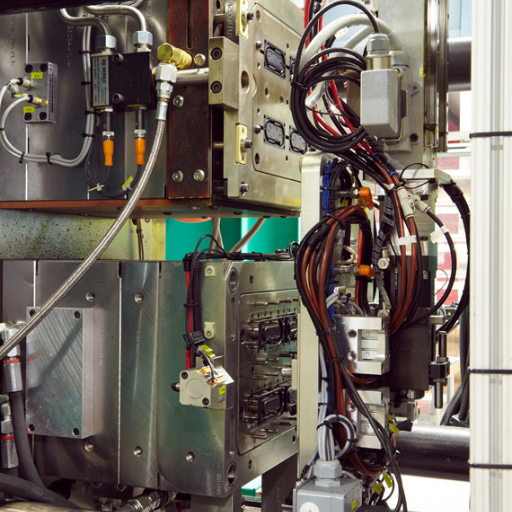
Uses in the Automotive Industry
Applications in Consumer Electronics
Medical Device Overmolding
What are the Disadvantages of Overmolding?
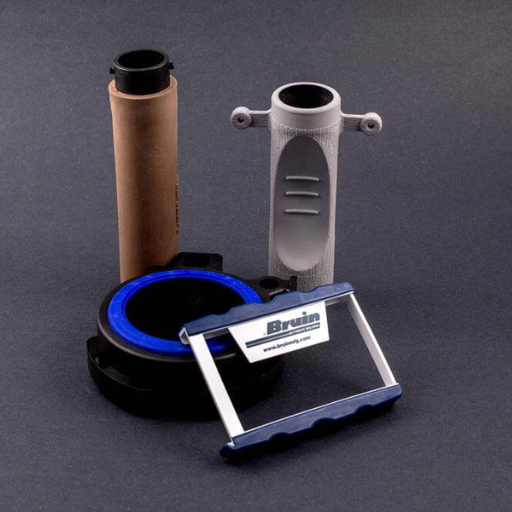
Challenges in Material Selection
Potential Issues with Substrate and Overmold Bonding
Cost Implications in the Manufacturing Process
Though sometimes expensive, these materials ensure that a product will last and perform as intended. Another major consideration is the rate of production; this can be enhanced through efficient processes with minimal downtime and wastage thereby reducing overall costs. Nonetheless, these efficiencies may need initial outlay for improved machines and skilled labour. Quality control testing is also key: comprehensive evaluation and thorough examination prevent costly recalls and mending operations. Hence, companies must strike a balance between all these so as to be able to maintain competitive prices while providing high quality products at the same time.
Reference sources
- Source: Xometry – Overmolding Materials
- Summary: This online resource from Xometry provides a comprehensive overview of overmolding materials, explaining how two materials are cast into a component to harness their unique properties in a single part. The article delves into the importance and benefits of using overmolding techniques in manufacturing processes.
- Summary: Protolabs offers a detailed design guide on overmolding and insert molding, exploring the options for bonding plastics, elastomers, and metal inserts in manufacturing. The guide elucidates the process of overmolding through injection molding and provides insights into the advantages of this technique for creating complex parts.
- Summary: Formlabs’ blog post discusses the common materials used in overmolding, including ABS, HDPE, PEEK, and Nylon. The article highlights the versatility of overmolding by showcasing materials commonly employed in the industry and their specific attributes when used in the overmolding process.
Frequently Asked Questions (FAQs)
Q: What is overmolding?
A: Overmolding is an injection molding process that involves combining two or more materials to create a single, unified component. This process is commonly used to enhance product design and improve performance by incorporating different materials in one part.
Q: How is overmolding commonly used in injection molding?
A: Overmolding is commonly used in injection molding to produce parts by combining multiple materials. This approach allows manufacturers to create components that have both rigid and soft material properties, enhancing functionality and ergonomics.
Q: What materials can be used in overmolding?
A: Various materials can be used in overmolding, including thermoplastics, elastomers, and even metals. The selection of materials depends on the requirements of the final product and the overmolding material compatibility chart.
Q: What is two-shot molding and how does it differ from overmolding?
A: Two-shot molding involves injecting two different materials sequentially into a mold, while overmolding involves molding plastic over another material. Both processes allow for parts with multiple materials, but two-shot molding occurs in a single machine cycle, while overmolding can include additional steps or insert molding.
Q: Why is overmolding important for product design?
A: Overmolding is crucial for product design because it enables the combination of various materials to enhance the aesthetics, functionality, and ergonomics of a part. Overmolding allows for the use of hard and soft materials together, thereby improving grip, comfort, and durability.
Q: How do I determine the compatibility of overmolding materials?
A: Determining the compatibility of overmolding materials involves consulting an overmolding material compatibility chart. This chart provides information on which plastic materials bond well with each other to ensure a strong, durable finished product.
Q: What are the challenges of overmolding?
A: Challenges of overmolding include achieving proper adhesion between the overmolded material and the substrate, preventing material shrinkage or warping, and ensuring precise alignment during the molding process. Thorough research and a comprehensive guide to overmolding can help mitigate these issues.
Q: How does overmolding compare to insert molding?
A: Overmolding is commonly contrasted with insert molding. While overmolding is an injection molding process where additional material layers are added to a substrate, insert molding involves placing pre-formed components into a mold and then injecting resin around them. Both techniques are used to create multi-material components, with specific uses depending on the design requirements.
Q: What are some commonly used overmolding processes?
A: Commonly used overmolding processes include two-shot molding, compression molding, and insert molding. Each of these processes has its own advantages and is chosen based on the specific requirements of the part being produced.
Q: Where can I find a detailed design guide for overmolding?
A: A detailed design guide for overmolding can be found through industry resources, professional publications, and manufacturing companies specializing in injection molding. This guide will provide best practices, material compatibility information, and tips on optimizing the overmolding process.








